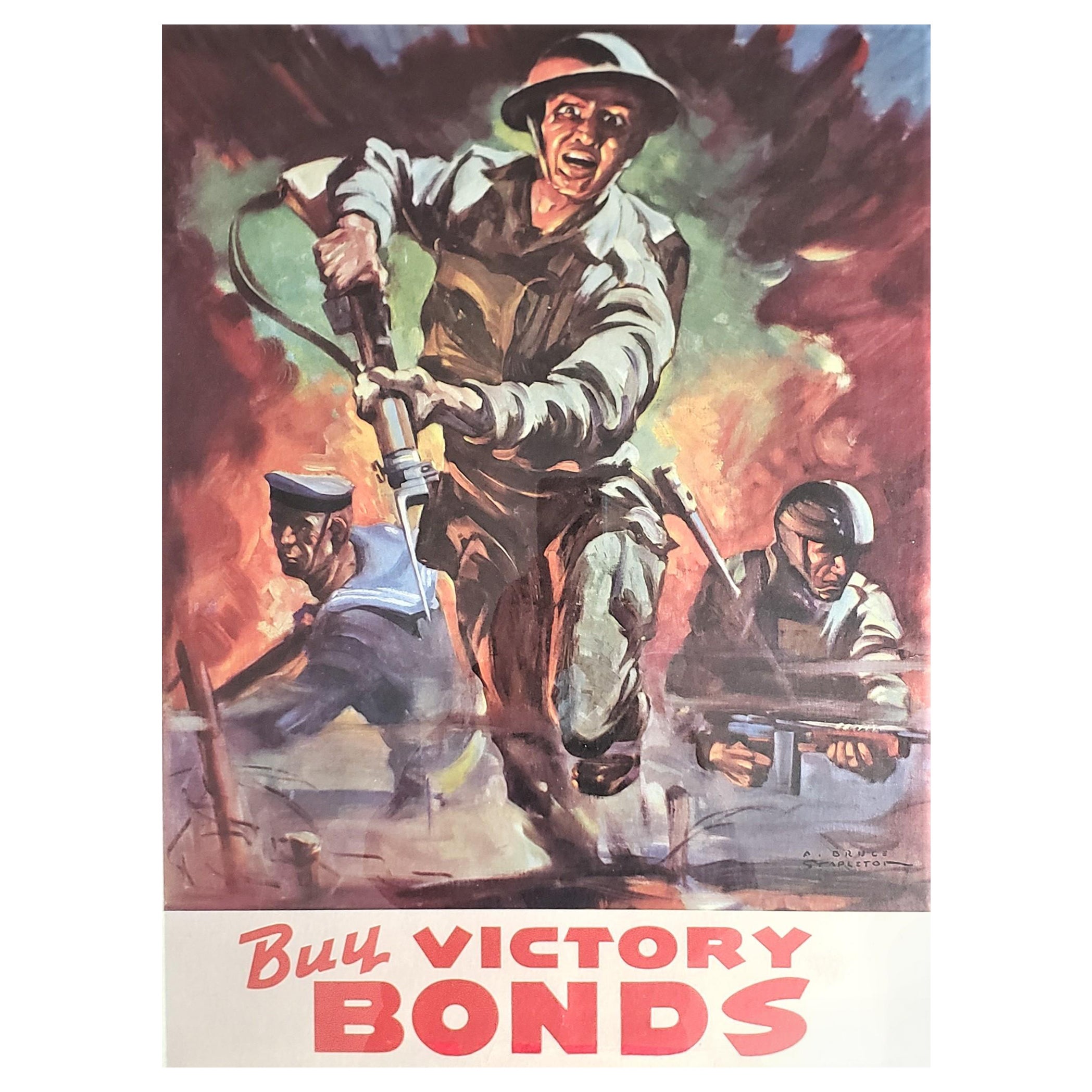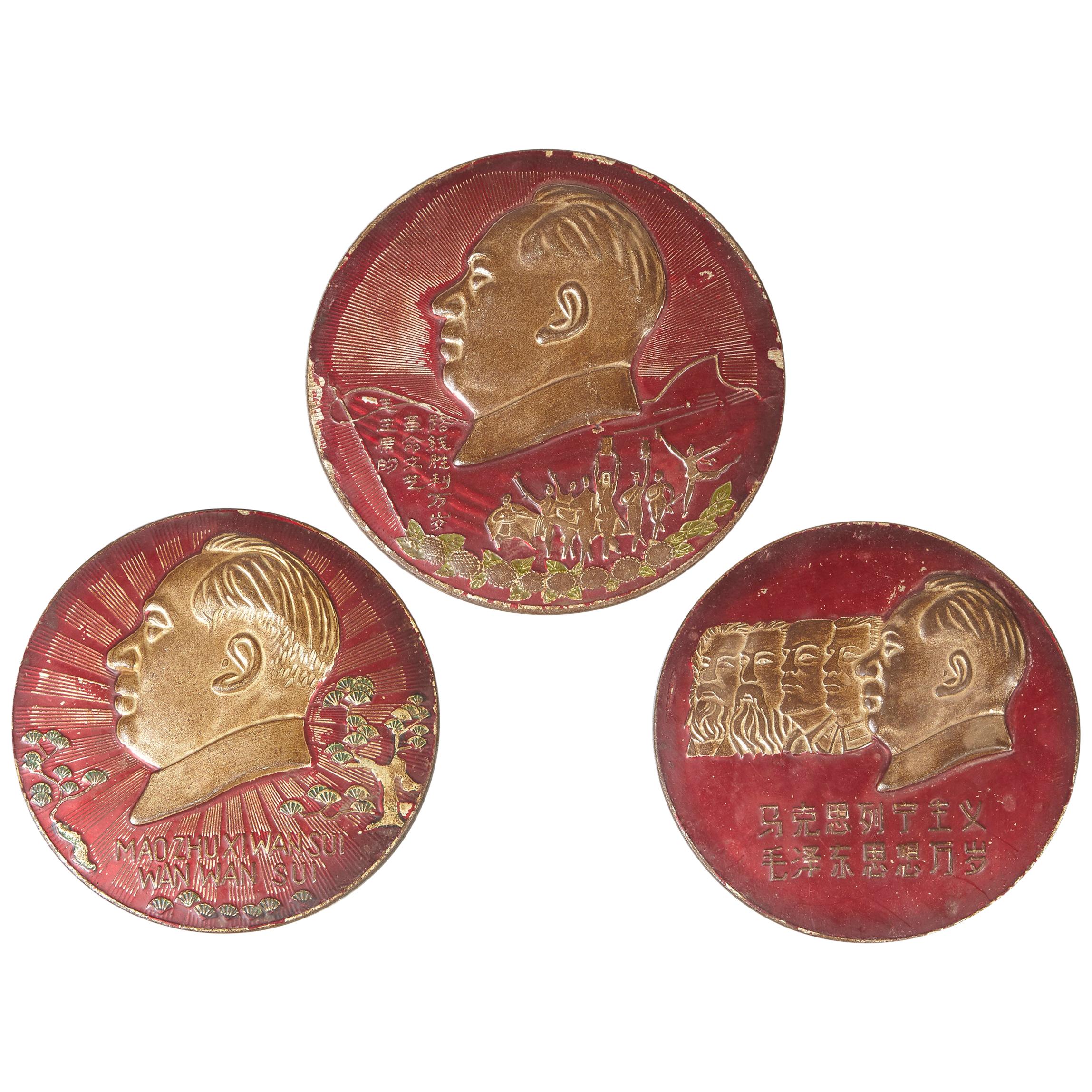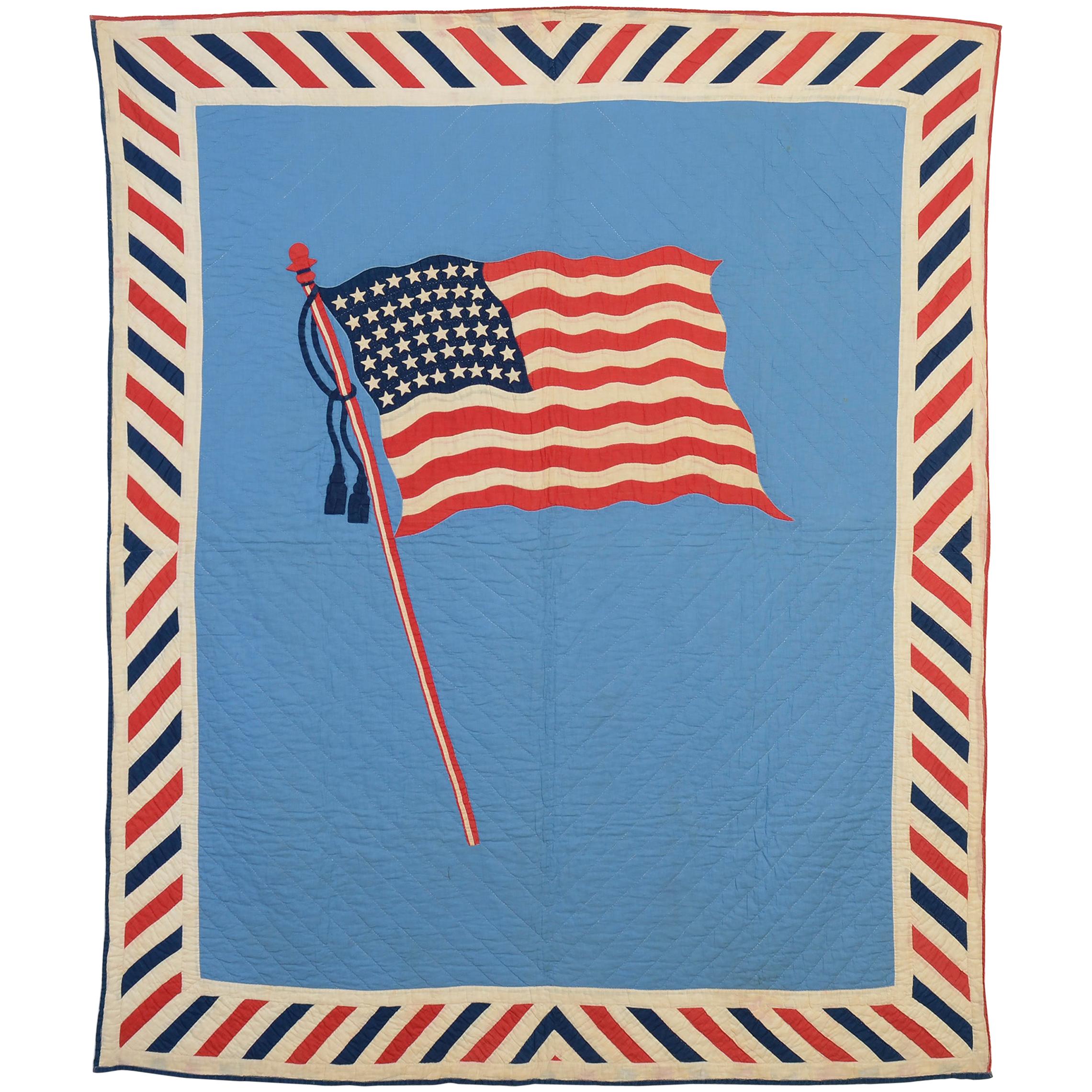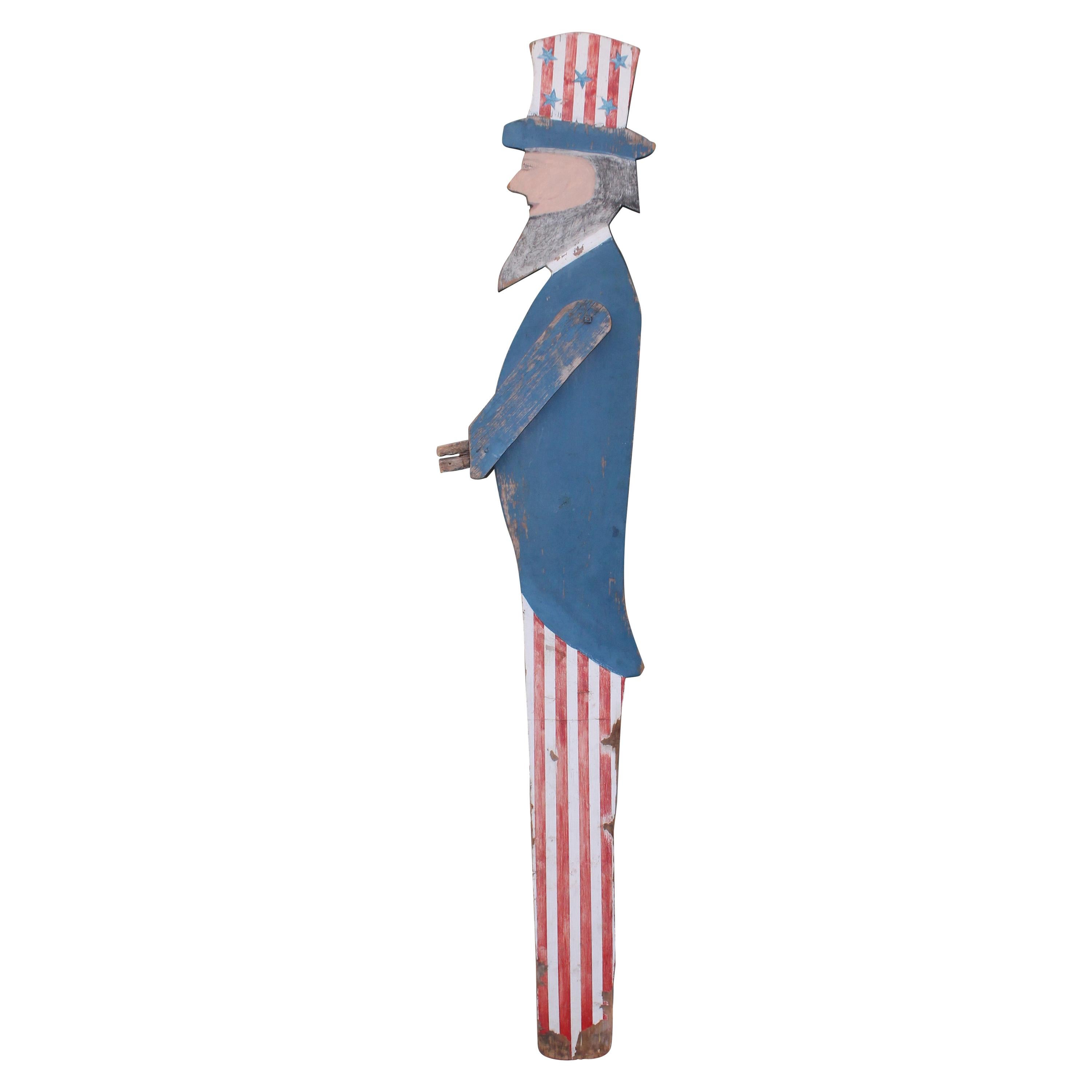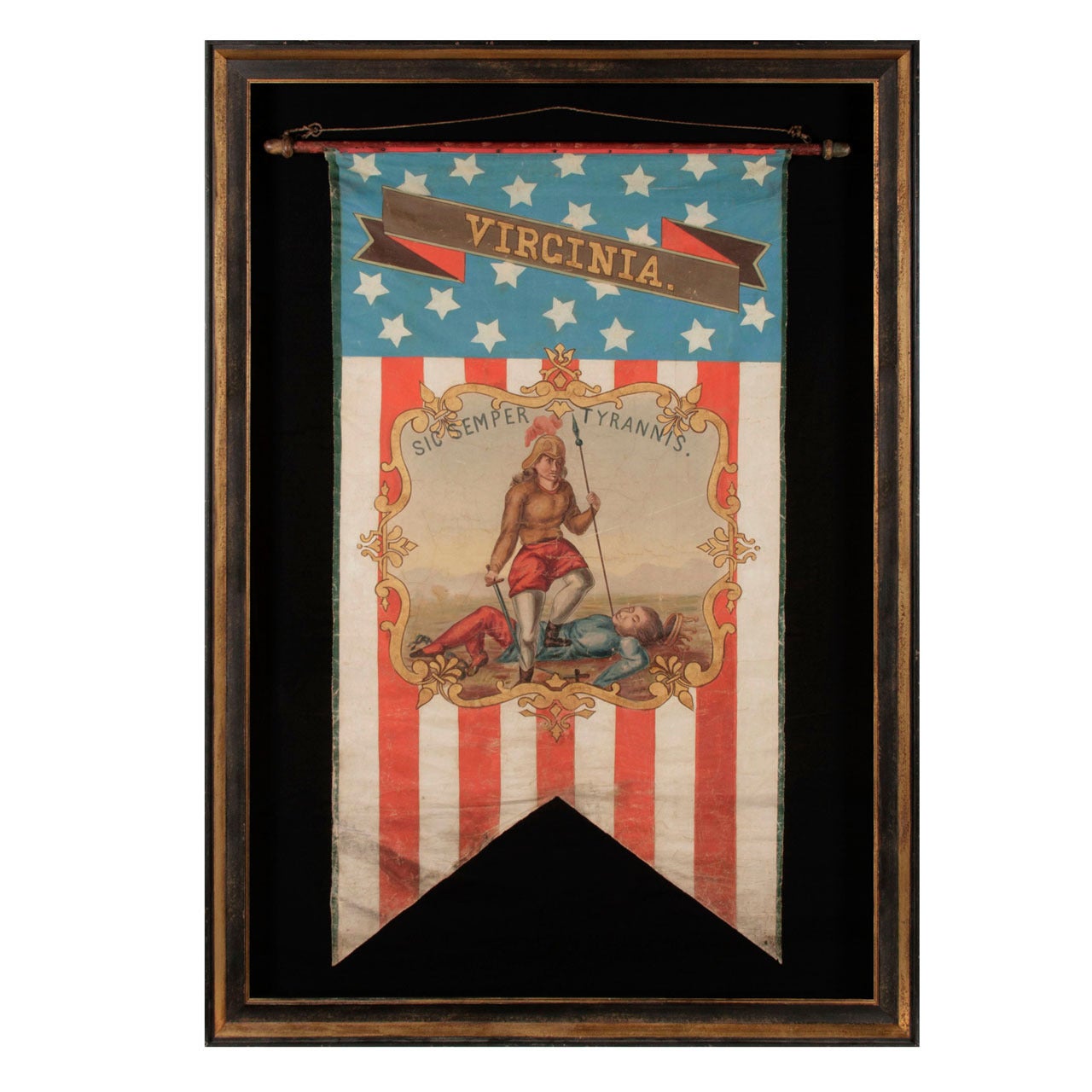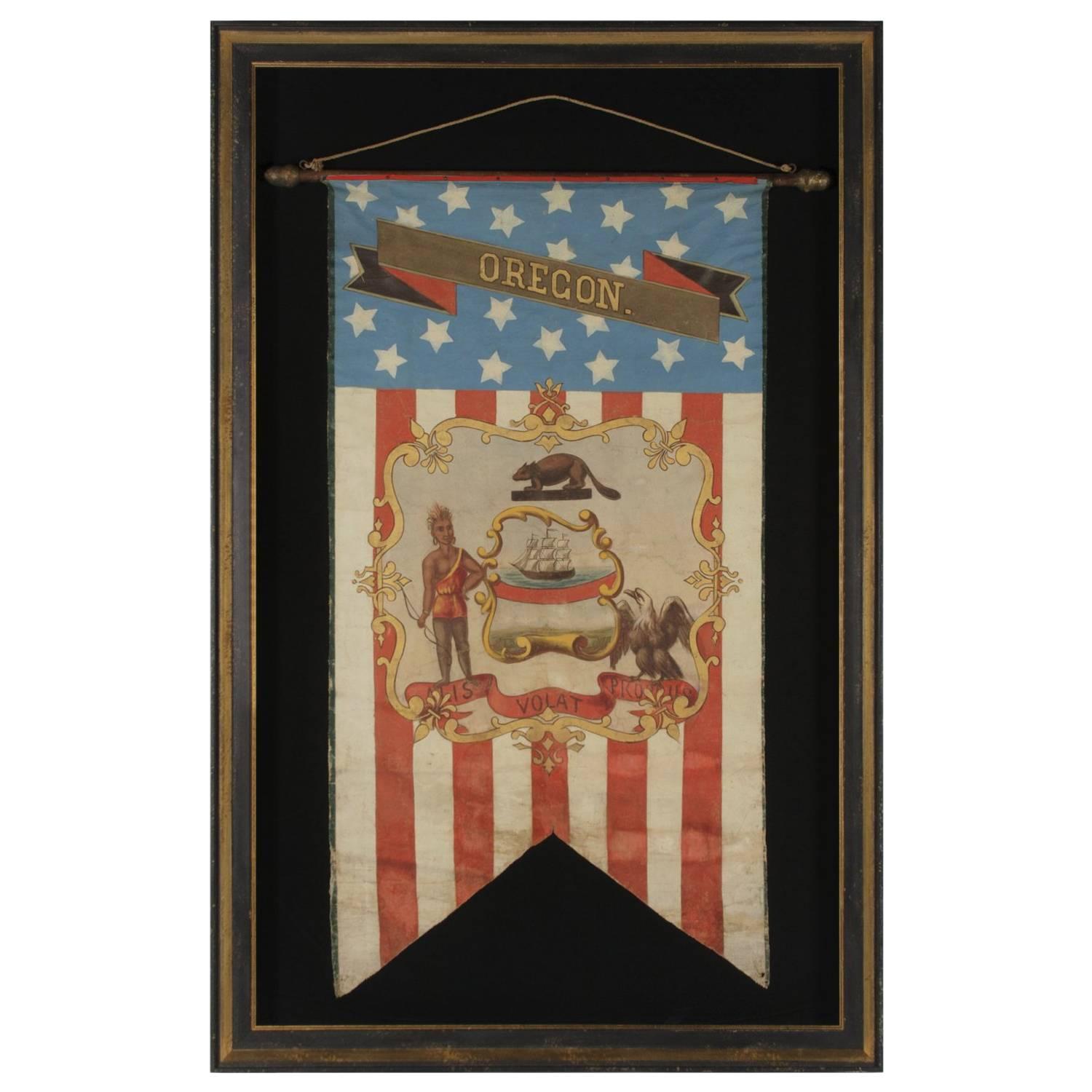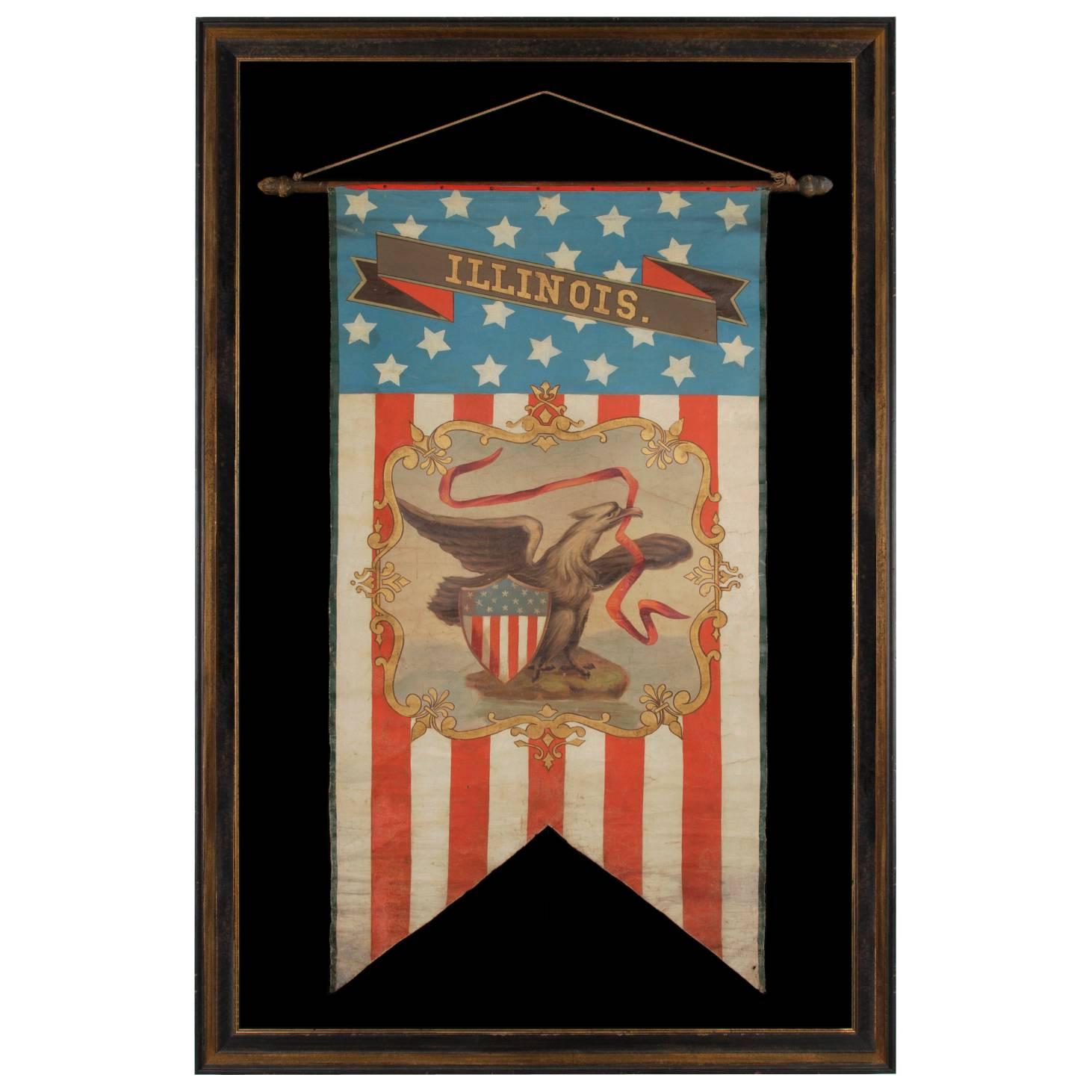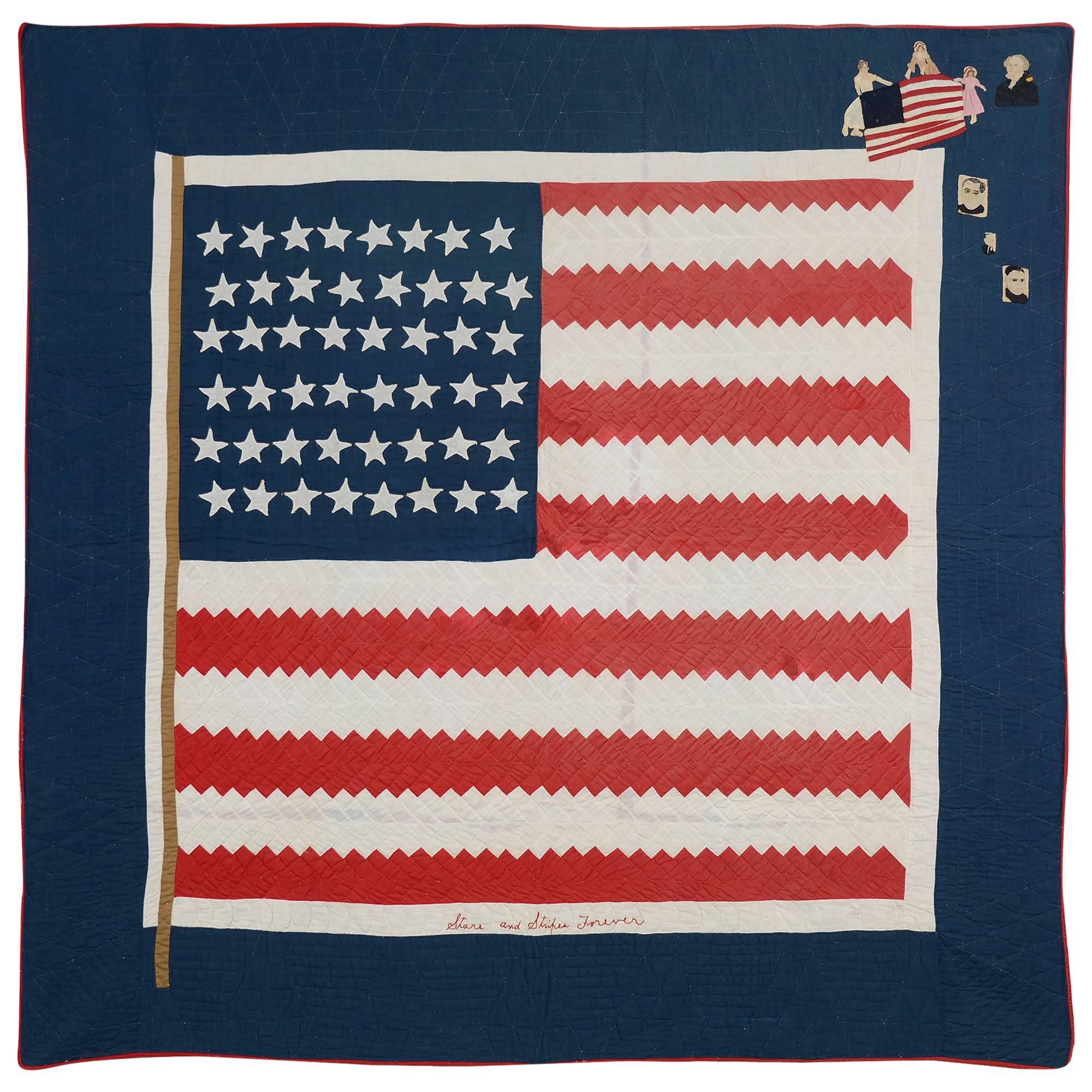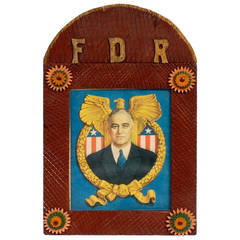
Patriotic 'FDR' Tramp Art Frame with Print, 1930s
View Similar Items
1 of 6
Patriotic 'FDR' Tramp Art Frame with Print, 1930s
About the Item
- Dimensions:Height: 19 in (48.26 cm)Width: 12.5 in (31.75 cm)
- Period:
- Date of Manufacture:1930s
- Condition:
- Seller Location:Manalapan, NJ
- Reference Number:Seller: 46181stDibs: LU88821296346
You May Also Like
- Antique World War 2 Bruce Stapleton 'Victory Bonds' Patriotic Framed PosterLocated in Hamilton, OntarioThis WW2 patriotic 'Victory Bonds' poster shows no printers signature, but the original image was done by Bruce Stapleton for the Canadian war effort in app...Category
Mid-20th Century Canadian Art Deco Political and Patriotic Memorabilia
MaterialsPaper
- "God Bless America" Patriotic Piece of Folk ArtLocated in Seattle, WAWonderful patriotic piece of Folk Art. Red, white and blue wall shelf featuring hand-carved eagle and painted stars and stripes.Category
Vintage 1940s American Outsider and Self Taught Art
MaterialsWood
- Three Embossed Metal Cultural Revolution Plaques with Images of MaoLocated in New York, NYThree cultural revolution period embossed metal plaques, each with the image of Chairman Mao, one plaque also including images of the leaders of Russian communism. Priced and sold ...Category
Late 20th Century Chinese Decorative Art
MaterialsMetal
- Framed Hand Sewn Patriotic Sham Made from a Flag and Ship RibbonsLocated in Los Angeles, CAThis Great framed Folk Art sham with 48star flag and ship ribbons is a great patriotic item. The top left corner as well as the bottom right corner are scraps of a 48 star linen flag and in between them are ribbons of ships names that are sewn together in a collage. The American ships span three centuries of ships ribbons, from late 19th century to present day ships. As well as the "USS Utah" which was sunk during the attack on Pearl Harbor. This great and proud sham is not only a great American item but is a Symbol of hope and unity throughout the ages. Serves better as a hanging Folk Art...Category
20th Century American Folk Art Political and Patriotic Memorabilia
MaterialsPlexiglass
$1,195 Sale Price29% Off - Interwar Period Italian Blue Silk Handkerchief With Airplanes, circa 1930sLocated in Colorado Springs, COThis is a printed silk handkerchief from the interwar period, with an Italian aviation theme. This handkerchief features four early aircraft plane models, two of which are seaplanes. The inner field of the handkerchief is pale blue and contained by a black three-line waving border. The outer field is medium blue, with a darker blue at each corner. A white and black fasces rests in each corner. The center of the silk features a golden spread-wing eagle. Above the eagle’s head floats a gold crown. The eagle’s talons grip a shield printed with the Savoy arms, a white cross on a red field. Two gold fasces adorn either side of the shield. In most historical accounts of the early days of military aviation, our reverence for the activities of the American Expeditionary Force and its French and British companions-in-arms on the western front has led us to overlook the immense Italian contribution to the formation of airpower doctrine. The first aerial force projection occurred on Nov. 1, 1911, when Lt. Giulio Gravotta, flying a German-built monoplane, dropped one bomb on Zard and another on Taciura -- in Libya -- during the Italian-Turkish War. This event occurred just a little more than a year after the first flight of an Italian-designed and built aircraft. At about the same time, Gianni Caproni, a young Italian engineer with a passion for innovation and a vast admiration for the Wright brothers, built his first flying machine. By May 23, 1915, the day Italy entered World War I, Caproni had become Italy's leading aircraft designer and manufacturer. Caprooni designed and built a multi-engine bomber with range and bomb capacities to make it a potent offensive weapon. On Aug. 20, 1915, two of these Caproni three-engine bombers attacked the Aisovizza aerodrome with explosive and incendiary bombs, a preview of the most sustained, effective air offensive of the First World War. By early 1916, regular raids against Austro-Hungarian targets were being conducted by seven squadrons of Caproni bombers, with some 540 bombing missions flown by the year's end. Missions were on the increase, both in distance to targets and number of aircraft involved. In late 1917, due to the lack of suitable training facilities in the United States, a contingent of some 500 Americans were sent to Foggia, Italy, to learn military flying. After completing their training, the new pilots were commissioned in the Army Air Service, and the majority of them were sent to France to serve with the American Expeditionary Force. About 75 remained in Italy under the command of Capt. Fiorello LaGuardia...Category
Vintage 1930s Italian Political and Patriotic Memorabilia
MaterialsSilk
- Patriotic Flag Quilt Old GloryLocated in Darnestown, MDNothing could be more of the moment than this patriotic flag quilt depicting Old Glory. It was most likely made either for the admission of Arizona into st...Category
Early 20th Century American Folk Art Quilts
MaterialsCotton
